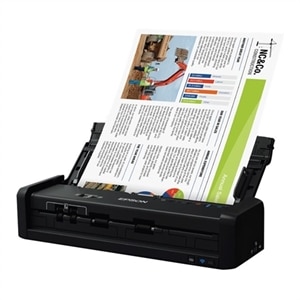

If you'll primarily be scanning one or two pages at a time, a manual sheet feeder is probably all you need, or you can get by just fine with the scanner feature on an all-in-one (AIO) printer. Some sheet-fed scanners can also handle thick originals such as ID cards. Having to open a flatbed lid and set a page in place is a minor chore, but having to repeat the process 10 times for a 10-page document is tiresome. If your main scanning need is scanning documents on a regular basis-particularly those longer than one or two pages-you almost certainly want a document-centric scanner equipped with a sheet feeder.
Wireless photo scaners for mac update#
We regularly update our Best Scanners roundup, so should you encounter an "oldie but goodie," it simply means that no similar model that we've reviewed has yet surpassed it.

Scanner models tend to stay on the market for a long time between iterations, and this is especially true of flatbed photo scanners. Keep in mind, however, that even brand-new, unscratched plastic carriers can degrade scan quality somewhat. If you need to scan this sort of original only once in a while, you may be able to get by with a sheet-fed scanner that comes with a plastic carrier to protect the originals. 3D scanners-for scanning objects to 3D files for display or printing on a 3D printer-are a different beast entirely.)ĭelicate originals such as photos and stamps can go through a sheet feeder, but you risk damaging them. (When we talk about scanning objects, here we're talking about scanning 3D objects to two-dimensional images. Do You Need a Flatbed Scanner?įor photos or other easily damaged originals, bound material, and 3D objects, you need a flatbed scanner, which has a large glass platen on which you place the documents, photos, books, or items. This will tell you the kind of scanner you should be looking at: a classic flatbed, a model with a sheet feeder, or something else. You should also consider details such as the maximum size of the originals and whether you'll need to scan both sides of document pages. Somewhat less common are objects such as coins or flowers. Photos and unbound documents are the most obvious things to scan, but you might also need to scan bound books, business cards, film (slides and negatives), magazines, receipts, and easily damaged originals like postage stamps. Knowing what and how often you expect to scan will tell you everything you need to know about the features you'll need. Best Hosted Endpoint Protection and Security Software.


 0 kommentar(er)
0 kommentar(er)
